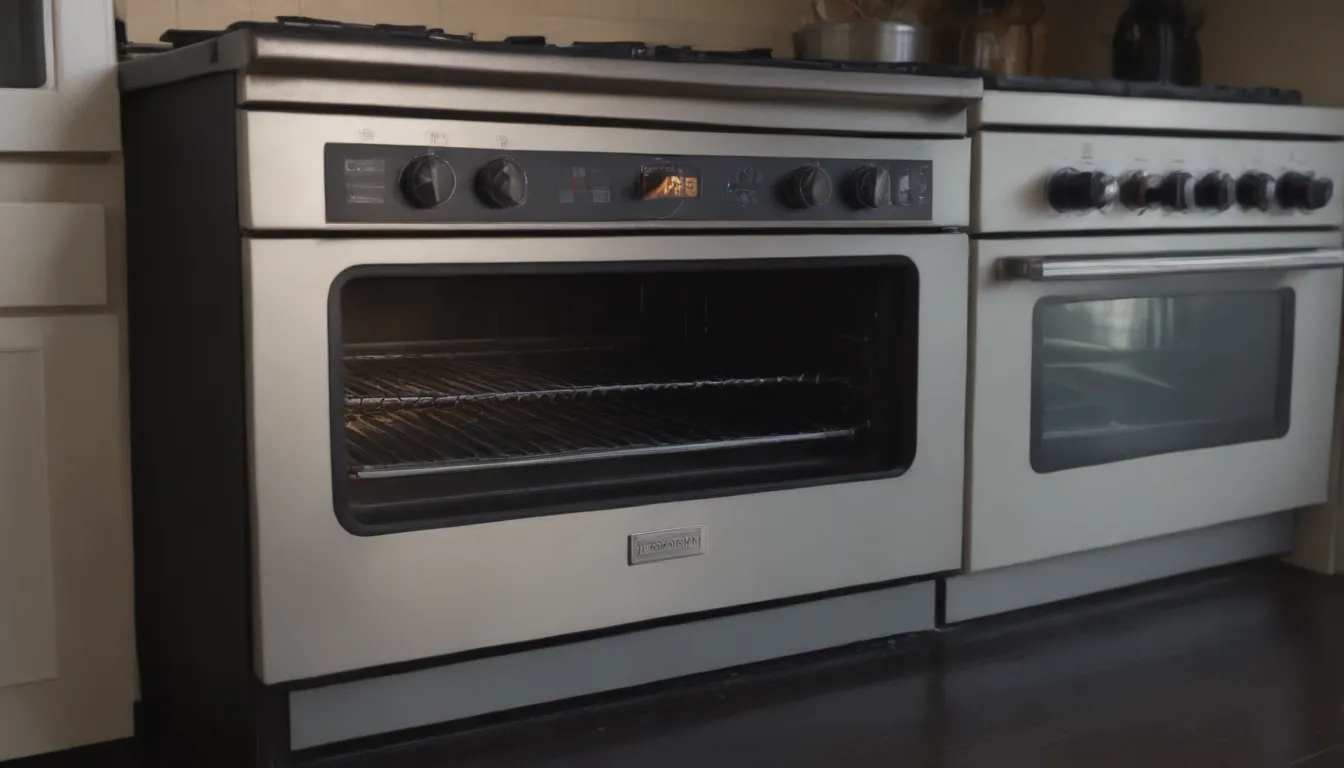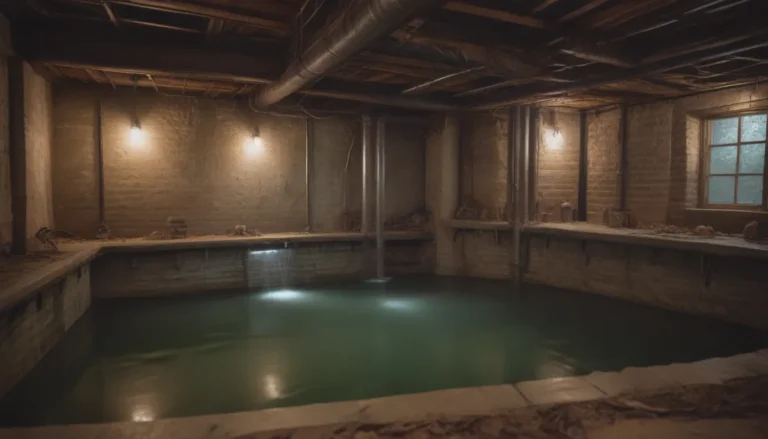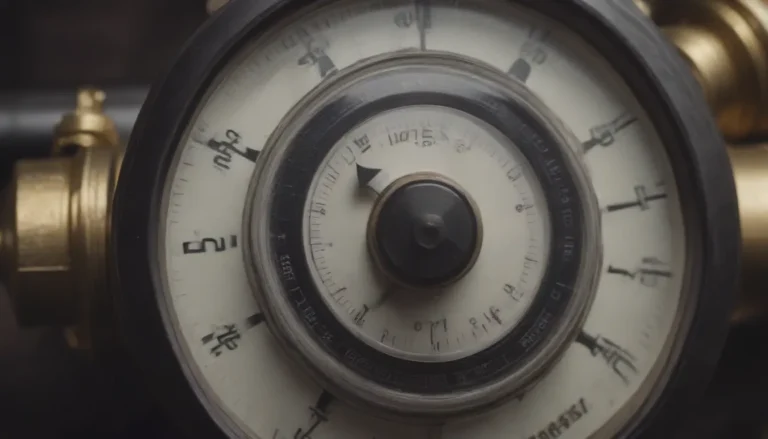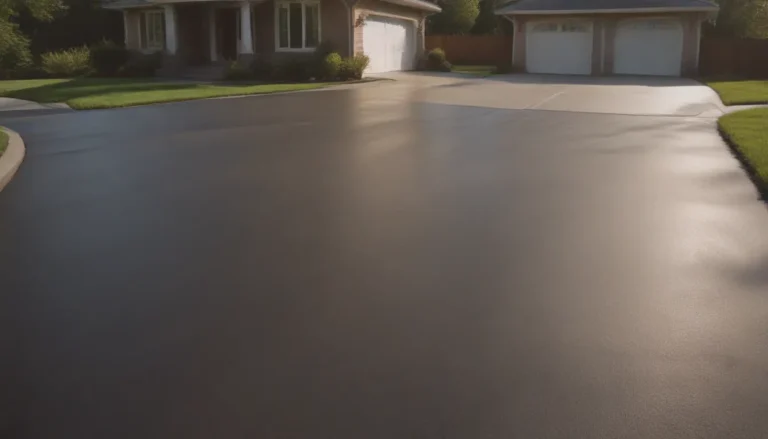A Comprehensive Guide to Troubleshooting and Fixing a Gas Oven That Won’t Heat Up

Are you frustrated because your gas oven just won’t heat up when you turn it on? Don’t worry, you’re not alone. There are several possible reasons why this might be happening, but the good news is that you may be able to fix the problem yourself without having to spend a fortune on repair services. In this guide, we’ll walk you through the steps to troubleshoot and possibly fix your gas oven so you can get back to baking those delicious treats in no time.
Important Safety Note:
Before you start any repairs on your gas oven, it’s crucial to ensure your safety. Always unplug the appliance and turn off the breaker that supplies power to the oven before attempting any repairs. If you’re not comfortable or confident in your ability to troubleshoot and fix the issue, it’s always best to seek the help of a professional appliance repair service.
1. Check the Circuit Breaker
One common reason why a gas oven may not be heating up is that the electrical circuit supplying power to the oven has tripped a circuit breaker. Even though a gas oven uses gas for heating, it still requires electricity to power its timer and other components. If the circuit breaker has tripped, the oven will not heat up. Check the circuit breaker serving the oven to make sure it hasn’t tripped. Look for a standard 15- or 20-amp breaker, not a large double-pole breaker typically used by electric ovens.
2. Check the Gas Supply
If the circuit breaker is not the issue, the next thing to check is the gas supply to the oven. It’s possible that your natural gas or liquid propane gas supply has been interrupted for some reason. Check the main gas valve and any branch line valves to ensure they are in the ON position. If your oven has been recently repaired or replaced, make sure the gas valve on the supply pipe has been turned back on.
3. Check the Igniter
A faulty igniter can also cause your gas oven to not heat up. In normal operation, the igniter turns on and glows bright orange, signaling the gas valve to open and send gas to the burner. If the igniter doesn’t glow hot enough, the oven will not ignite, and you may smell gas. Use caution, as the gas valve has a safety mechanism to shut off gas if the igniter is not working properly.
4. Check the Temperature Sensor
The temperature sensor in your oven’s thermostat may be malfunctioning, causing inaccurate temperature readings and uneven heating. Test the temperature sensor to ensure it is detecting heat levels correctly. A faulty temperature sensor can lead to issues with your oven’s heating performance.
5. Check the Oven Safety Valve
If all else fails, the problem may lie with the safety valve or gas valve in your oven. This valve ensures that gas only flows to the oven when the igniter is hot enough to ignite it. Use a multimeter to test for any breaks in the electrical flow at the valve.
Replacing Parts:
- Replacing the Igniter: If the igniter is the issue, you can easily replace it following the proper steps.
- Replacing the Temperature Control Thermostat: If the temperature control thermostat is faulty, replacing it can be a DIY job with the right tools and steps.
When to Call a Professional
While there are several troubleshooting steps you can take as a homeowner to fix your gas oven, it’s always best to call a professional if you suspect a gas leak, as these can be dangerous. A professional can help you diagnose and repair any issues with your oven efficiently and safely.
In conclusion, a gas oven that won’t heat up can be a frustrating problem, but with the right knowledge and steps, you may be able to troubleshoot and fix the issue yourself. Always prioritize safety and seek professional help if needed to ensure your oven is functioning properly. Happy baking!
Remember, if you suspect a gas leak, turn off the gas supply and contact a professional immediately for assistance. Safety should always be the top priority when dealing with gas appliances.





